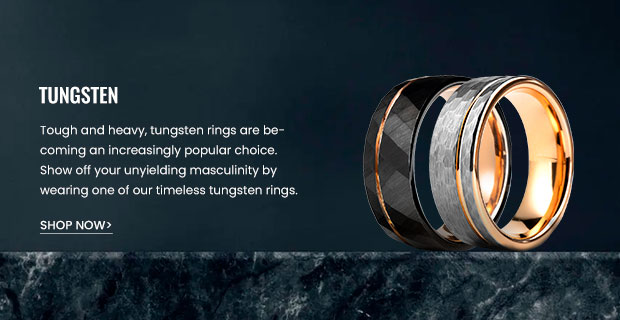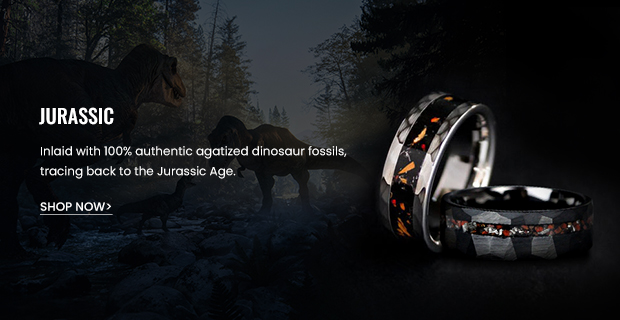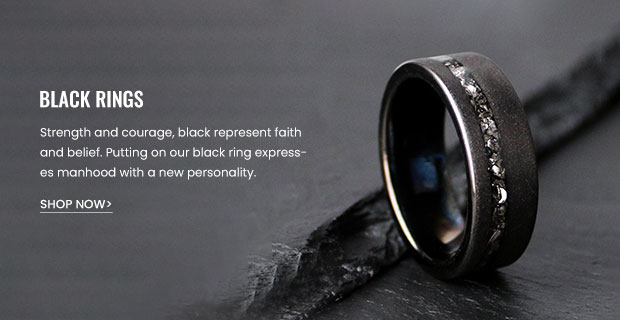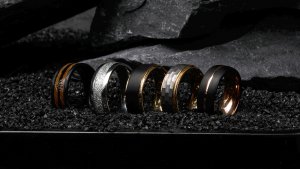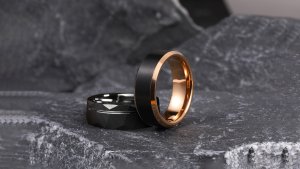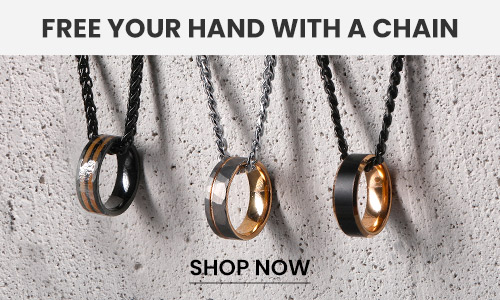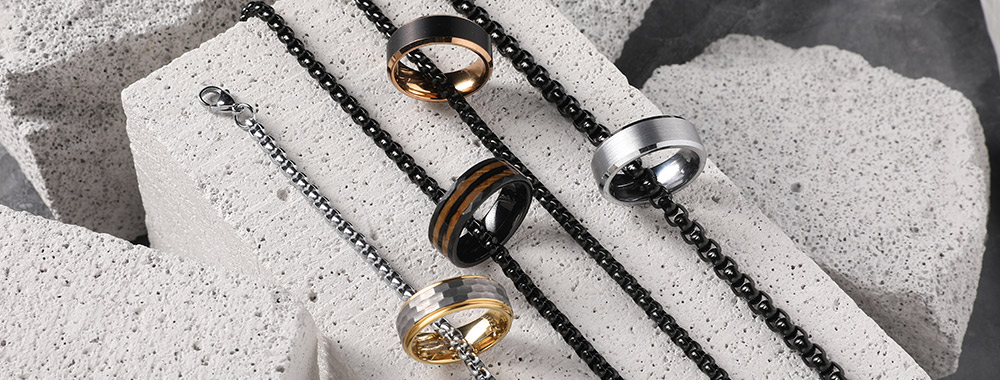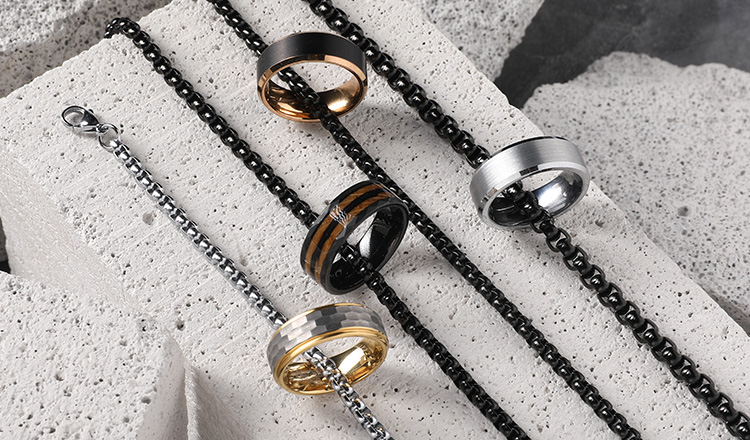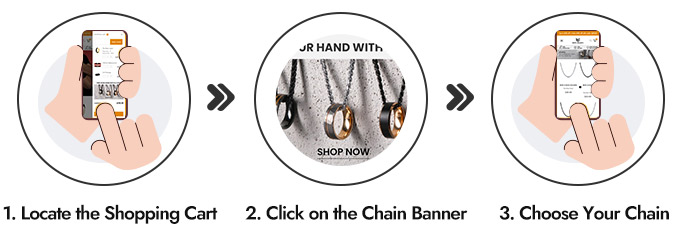Achieving the perfect ring fit is crucial for all-day comfort, preventing injuries, and ensuring your new accessory showcases its stylish best. While it may seem straightforward, getting an accurate ring measurement can be tricky, especially for men’s fingers. Variables like shape, knuckle size, temperature, and more can throw off the sizing. This guide walks you through easy DIY techniques to precisely measure your ring size at home, helping you nail that ideal fit for maximum comfort and panache every time you slip it on.
Understanding Ring Sizing Basics
Ring Size Standards
In the US, rings are sized using numbers. The scale goes up in small steps of 0.25. So, you might see sizes like 7, 7.25, 7.5, 7.75, and so on. Most men’s rings are between sizes 7 and 13. But guys with really big fingers could need a size in the teen numbers, like 14 or 15.
Not every country uses numbers for ring sizes. In the UK and some parts of Europe, they use letters and numbers together. So, always check what sizing system is used where you live.
Factors Impacting Finger Size
The size of your fingers can change throughout the day. They tend to be smallest in the morning and get bigger as the day goes on. This is because your body heat and the amount of fluid and salt you retain can make your fingers swell.
Temperature also plays a role in finger size. Cold weather can make your fingers shrink a bit, while hot weather can cause them to swell. Even small changes in your weight can affect the size of your fingers.
The shape of your hand is another important factor. If you have large knuckles compared to the base of your fingers, you’ll probably need a bigger ring size to get it over your knuckle. People with fingers that are wider at the base than at the tip can also have a harder time finding a ring that fits well.
 Tools and Materials Needed for Measuring Men’s Ring Size
Tools and Materials Needed for Measuring Men’s Ring Size
Ring Sizers Included with Purchases
Many online resources, like Gentlebands, offer free ring sizers with ring purchases. These guides provide circular cutouts representing different ring sizes, allowing you to find the best fit.
Using String or Paper Strips
A simple piece of string, dental floss, or even a thin strip of paper can serve as a makeshift ring sizer. By wrapping it around your finger and marking the overlap, you can measure the circumference and convert it to your ring size.
Ruler for Measurement
Whether using a string or paper strip, you’ll need a ruler or measuring tape to determine the circumference accurately.
The “Tape Measure” Method
Some prefer using a seamstress-style tape measure, wrapping it snugly around the widest part of the finger to get a direct measurement.
Step-by-Step Guide to Measuring Men’s Ring Size
String or Paper Strip Method
Wrap a non-stretchy string or paper strip snugly around the widest part of your finger below the knuckle. Mark where it overlaps and measure that length precisely with a ruler. Convert this circumference to your ring size using a sizing chart for your region. Measure multiple times and at different points in the day for best accuracy.
Ring Sizer Packaged with Purchase
Many ring vendors include a free plastic ring sizer tool with orders. It has circular cutouts in various diameters representing standard sizes. Simply slip it onto your finger, trying each cutout until finding the tightest that still fits comfortably over the knuckle. The labeled size indicates your perfect fit – no measuring required!
Measuring an Existing Ring
If you own a well-fitting ring, measure its inside diameter by inserting a ring gauge or ruler’s edge. Note the diameter in millimeters, then use a sizing chart to find the matching standard size. Ensure you compare to similarly wide/narrow band styles for accuracy.
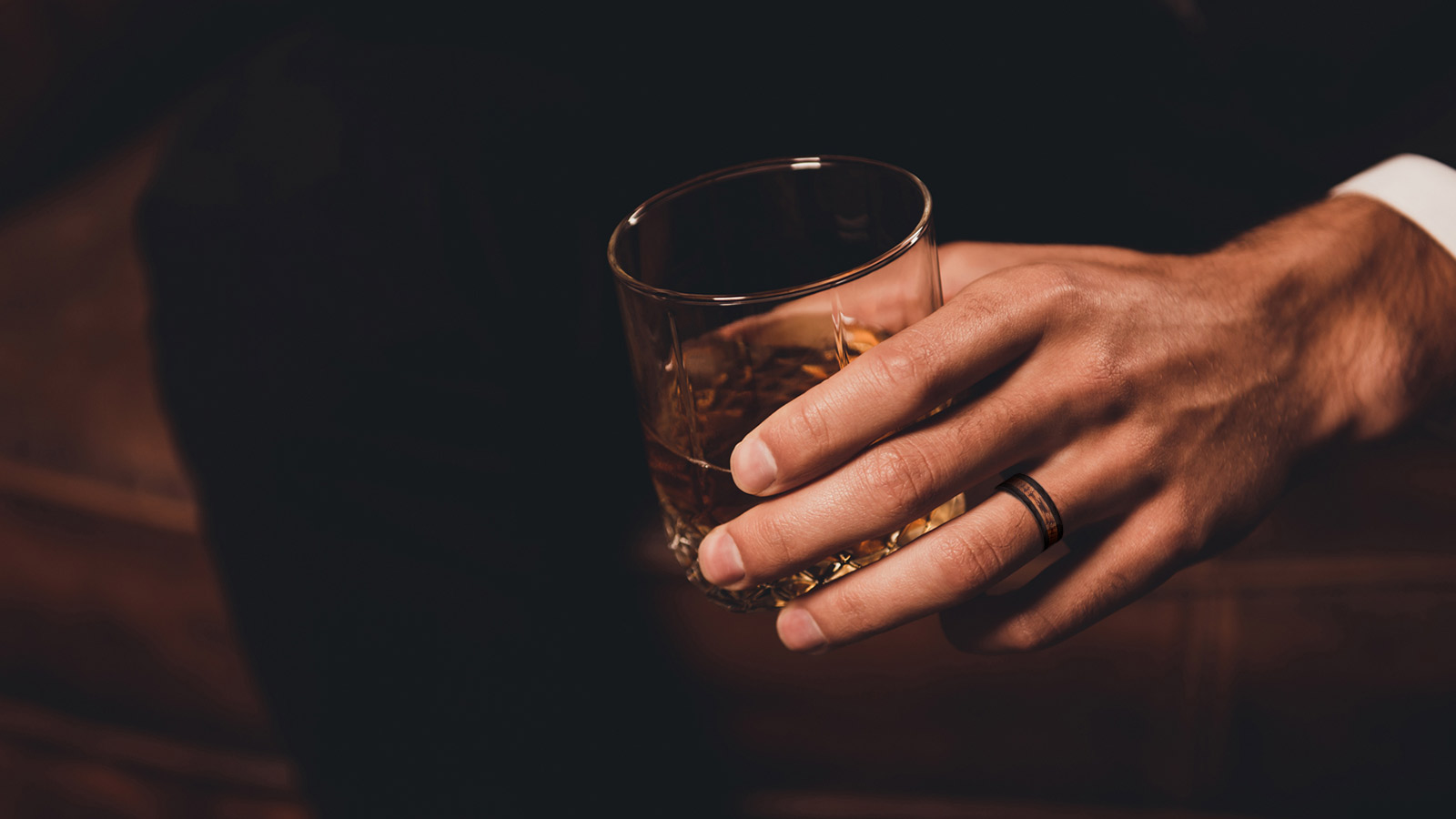 Tips for Ensuring Accurate Ring Size Measurements
Tips for Ensuring Accurate Ring Size Measurements
Measure More Than Once
For the most precise results, take multiple measurements over different times of day and on different days. Consistency in your measurements will increase confidence in the final size.
Consider Band Width
Wider bands may feel tighter than narrower ones, even if they’re the same ring size. If you prefer a thicker or thinner band style, adjust your size accordingly.
Account for Finger Size Changes
Be mindful of potential changes in finger size due to factors like temperature, hydration levels, or weight fluctuations. If you anticipate such changes, size your ring accordingly or opt for a slightly larger size for added flexibility.
Professional Advice
If you’re still unsure or have uniquely shaped fingers, consider consulting a professional jeweler for an accurate measurement and fitting. For high-stakes purchases like wedding bands, this extra step can provide peace of mind.
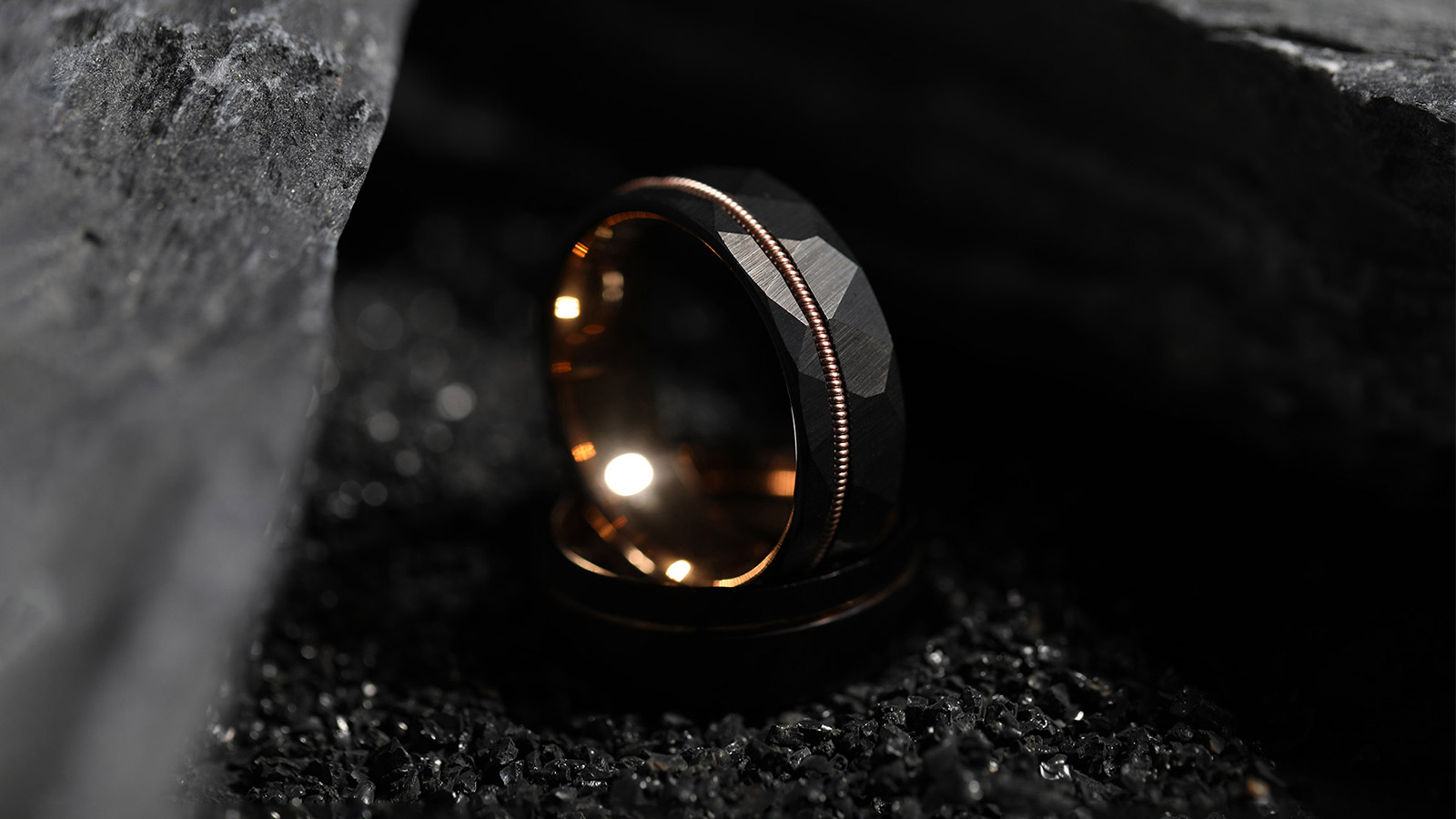 Additional Considerations When Purchasing Men’s Rings
Additional Considerations When Purchasing Men’s Rings
The Importance of Material and Design
Beyond size, the material and design of a ring can significantly impact its overall look, feel, and durability. Consider factors like metal type, gemstone settings, and personal style preferences.
Lifestyle and Work Considerations
Your lifestyle and profession can also influence the type of ring you choose. For example, those with active lifestyles or manual jobs may prefer more durable and low-profile options.
Ring Maintenance and Care
Different ring materials and designs require varying levels of care and maintenance. Understand the cleaning and storage requirements for your chosen ring to ensure its longevity and maintain its luster.
Unlocking the Secrets to an Impeccable Ring Fit
With some diligence and the right techniques, nailing the men’s perfect ring size is an achievable goal at home. Despite variables like knuckle size and temperature impacting finger dimensions, consistent measurements and accounting for your lifestyle will lead you to that ideally comfortable yet stylish fit. Put these sizing tips into practice now to embark on your ring-fitting mastery!

